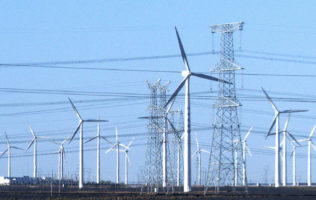Wind Industry Viewpoint on Dynamic Line Rating
North American Windpower just published an article discussing how dynamic line rating can benefit windfarm operators. The article points out that wind farms are often ordered to curtail power output at times of peak production due to transmission congestion. Yet these times of peak production coincide with windy conditions; the exact type of condition that produces maximum conductor cooling and increased transmission line capacity. The article further points out that dynamic line rating (DLR) can inform transmission operators of this situation and exactly how much more capacity exists in lines during those conditions.
Going beyond these observations on DLR, other key point the article makes are:
- New technology can provide forecasts of flow capacity. Lindsey’s SMARTLINE-TCF system is one example.
- At least one ISO, PJM, can accept dynamic line ratings now.
- FERC’s current incentive structure does not reward transmission operators for “how much service is provided (or) how much power is delivered.”
- The seating of four new FERC Commissioners gives the wind industry an opportunity to help these new members understand how adding a performance-related metric of congestion can improve efficiency of the transmission system.
- Many benefits could result if the FERC would require or encourage the evaluation of DLR and other related advanced technologies in transmission planning.
For more detail on how DLR can increase the delivery of wind power over the existing transmission infrastructure, you can read the full article here.

